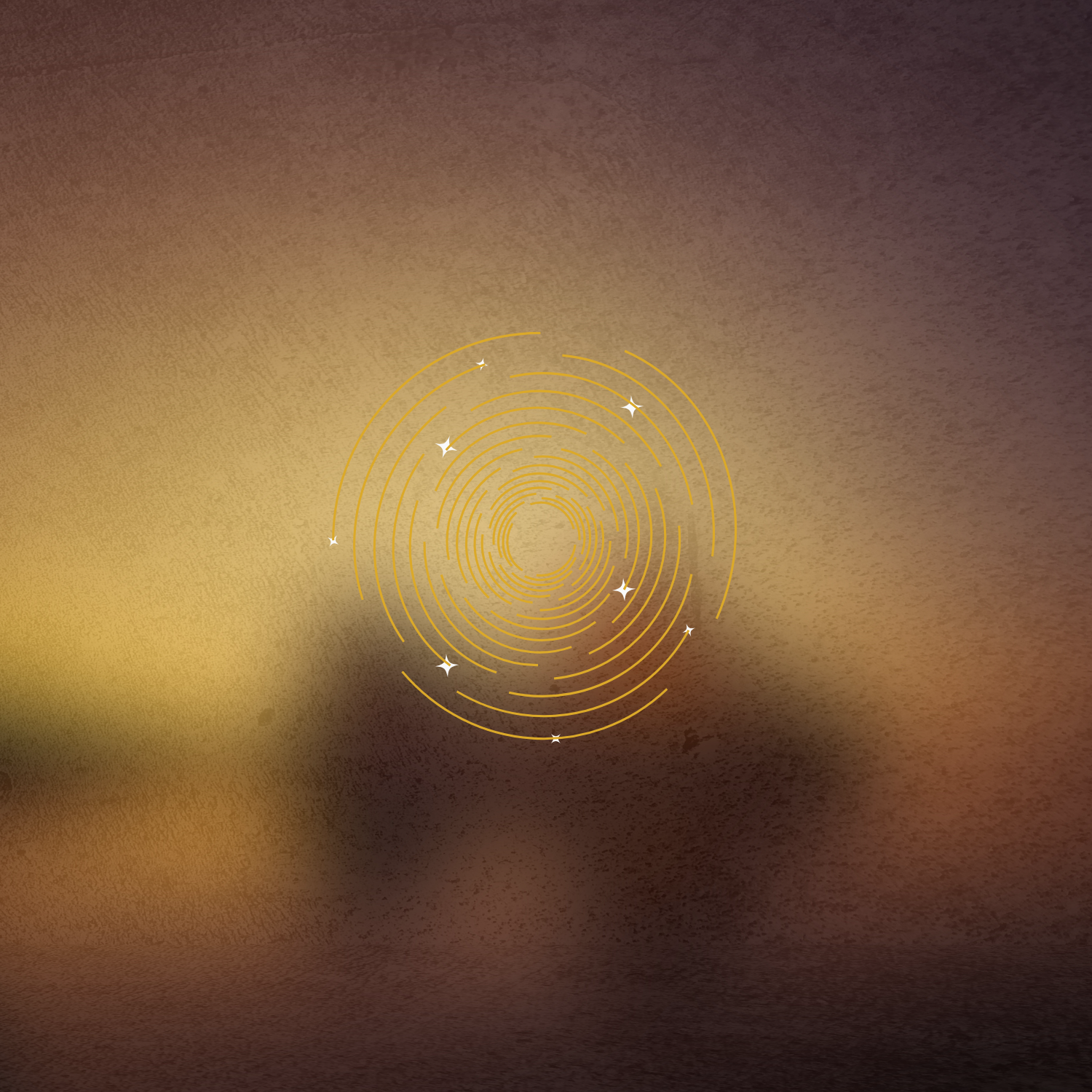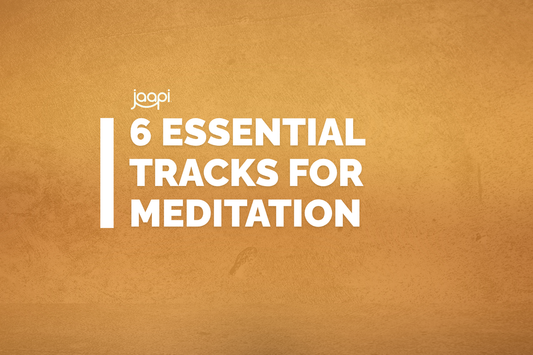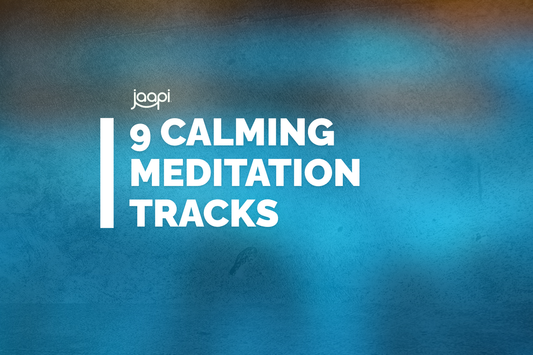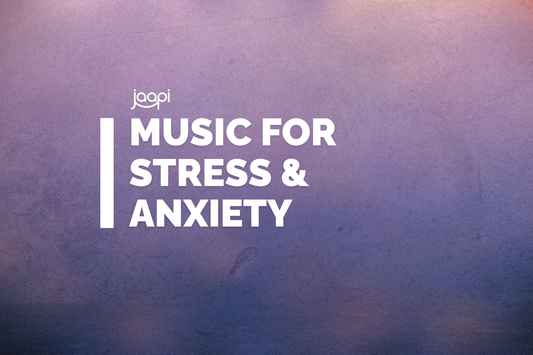What Is the Best Music for Relaxation? Top Styles, Frequencies & Playlists
The best music for relaxation features softness, slow tempo (under 80 BPM), smooth transitions, minimal lyrics, and gentle harmonics—with ambient music, healing frequencies like 432 Hz and 528 Hz, and classical pieces that are thought to reduce stress and foster calm.
Affiliate Disclosure: As an Amazon Associate, we earn from qualifying purchases. We only recommend external tools that complement your practice.
Top Music Styles for Relaxation
- Ambient and Nature Soundscapes: Waves, rain, wind, and forest sounds are believed to help reduce anxiety and gently shift the nervous system toward rest. Try our royalty free meditation music with soft ambient layers for instant calm.
- 432 Hz and 528 Hz Frequency Music: These healing frequencies are thought to support deep relaxation and help balance emotions. Explore our 432 Hz healing music for grounding or 528 Hz love frequency music for heart-centered healing.
- Classical Music and Soft Piano: Pieces with slow movements—especially piano or string-centered—are believed to have a calming effect on heart rate and mood. Use quality headphones to fully appreciate the subtle dynamics.
- Guided Meditations: Spoken-word meditations, affirmations, or yoga nidra tracks layered with soothing musical backgrounds offer structured relaxation practice.
Explore our royalty free meditation music collection—ambient soundscapes, healing frequencies, and nature-inspired tracks for deep calm.
Sample our sound library:
Download free meditation music to experience different styles and frequencies for relaxation.
Science Behind Relaxation Music
Research suggests that soft, slow, and low-frequency music may help lower cortisol and activate the body's relaxation response. Music with tempos under 80 BPM naturally synchronizes with resting heart rate, creating physiological calm.
Building Your Relaxation Playlist
- Focus on music with a tempo under 80 BPM and limited melodic complexity for optimal calm and minimal distractions.
- Mix pure instrumentals with nature-inspired tracks for balanced soundscapes that maintain engagement without stimulation.
- Create a comfortable listening environment with a meditation cushion and soft lighting to enhance the relaxation response.
- Use a meditation timer to establish consistent relaxation sessions—even 10-15 minutes daily may create measurable stress reduction.
- For more guidance on therapeutic frequencies, explore our comprehensive healing frequency guide to understand how different tones work. For deeper understanding of how sound affects relaxation, see our guide on how meditation music reduces anxiety and discover the science behind therapeutic sound.
No single track works for everyone—experiment with the styles and frequencies above, tuning in to music that brings the most peace and presence in your own routine. Different people respond to different approaches, so allow yourself time to discover what resonates most deeply.









